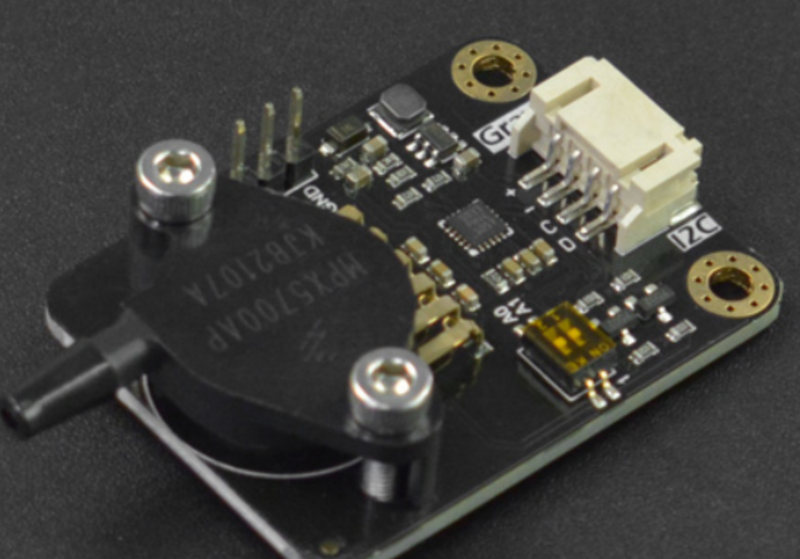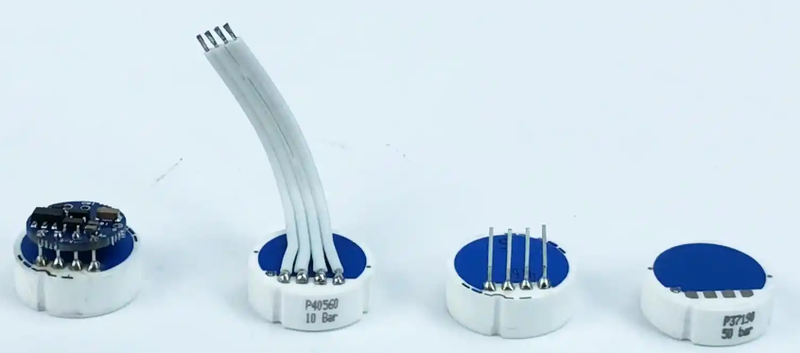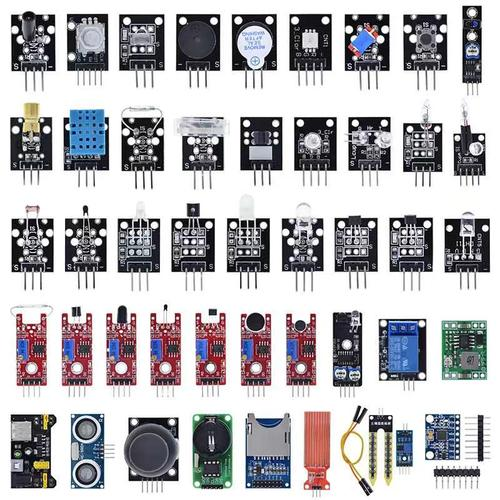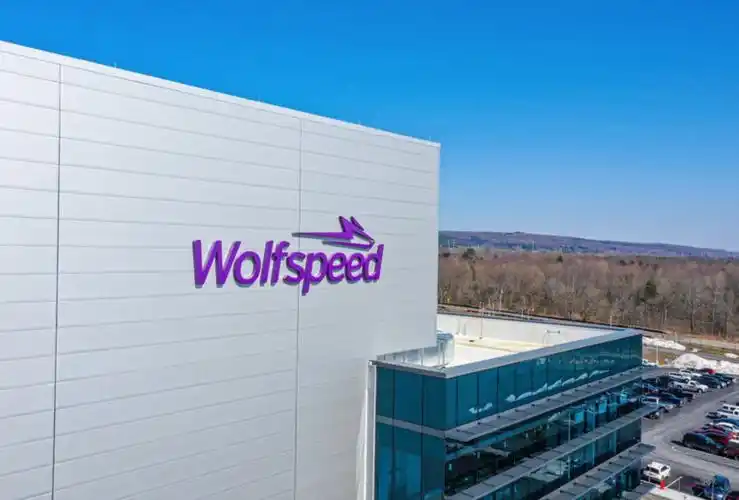On June 22, 2025, Wolfspeed, a prominent American chip manufacturer, made the significant announcement that it would file for bankruptcy under a restructuring agreement. This agreement aims to eliminate billions of dollars in debt and transfer control of the company to its creditors.
The Road to Bankruptcy
Wo".elfspeed's decision to pursue bankruptcy comes after a thorough evaluation of potential options to strengthen its balance sheet and restructure its capital. The company's CEO, Robert Feurle, stated in a declaration, "After assessing various alternatives to enhance our financial position and adjust our capital structure, we've determined that this strategic step will best position Wolfspeed for the future."
The proposed restructuring plan has already garnered support from a sufficient number of creditors, including semiconductor giant Renesas Electronics and investment firm Apollo Global Management. However, Wolfspeed intends to seek further creditor approval before officially filing for bankruptcy.
Impact on Stakeholders
Under the proposed plan, creditors' debts will be converted into equity, while existing shareholders will receive between 3% and 5% of the new shares. Although this implies substantial losses for shareholders, the percentage is higher than the typical levels seen in most bankruptcy cases.
Wolfspeed hopes to continue trading on the New York Stock Exchange. However, the company has acknowledged in a statement that it might face a delisting "for a period of time." Despite the bankruptcy filing, Wolfspeed has assured its customers and suppliers that their existing commitments will remain unaffected throughout the process.
The company anticipates emerging from bankruptcy by the end of September after slashing approximately 70% of its debt, which amounts to around $4.6 billion. Subsequently, new shareholders will appoint a new board of directors.
Debt Challenges and the Restructuring Solution
As of the end of March, Wolfspeed held $1.3 billion in cash. Nevertheless, the company is confronted with over $6 billion in debt obligations in the coming years, with payments due in 2026, 2028, 2029, 2030, and 2033.
Wolfspeed rejected a proposal to restructure its debt due next year, insisting on what Tyler Gronbach, the company's Investor Relations Director, previously referred to as a "comprehensive solution." According to the bankruptcy proposal, the existing debts will be reduced, consolidated, and deferred, with the earliest repayment date pushed back to 2030.
This move by Wolfspeed reflects the complex financial challenges faced by semiconductor companies in an increasingly competitive and capital - intensive industry. The outcome of this bankruptcy filing will not only impact Wolfspeed's future but also send ripples through the global semiconductor market.







